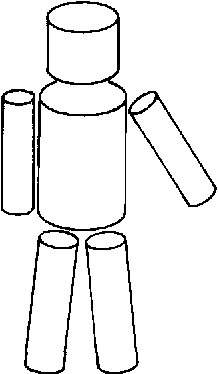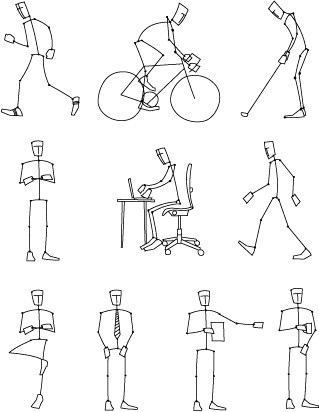Computer Vision Introduction
Recently, I have started following CS231n MIT Course and the first week class is about introduction to computer vision and here I am taking my notes.
543 Million Years ago, earth is filled with water with animals floating on top of water with no vision but around 540 million years ago within a very short period of time (10 million years), the number of animal species exploded from few to hundreds of thousands.
Evolutionary Biologists call this s Evolution’s Big Bang and it is theoretically it’s because of first animal developing eyes. Now vision developed into biggest sensory system. 50% of neurons in our cortex involved in visual processing.
Humans & Mechanical Vision
- First Camera - “Camera Obscura” developed by Gemma Frisius in 1545
- Encyclopedie, 18th Century
- Leonardo da vinci, 16th Century
Hubel & Wiesel, 1959
Cat Brain Analysis
- Simple Cells - Response to light orientation
- Complex Cells - Response to light orientation and movement
- Hyper Complex Cells - Response to movement with an end point
Basically visualization in brain starts with the edges a.k.a simple structures and builds on complex information.
MIT Summer Vision Project, 1966
Aimed at developing significant part of our visual system
David Marr - Vision, 1970’s
Input Image -> Primal Sketch -> 2-1/2D Sketch -> 3D Model Sketch
Primal Sketch - Zero Crossings, blobs, edges, bars, ends, virtual lines, groups, curves, boundaries.
2-1/2D Sketch - Local surface orientation and discontinuities in depth and in surface orientation.
3D Model - Hierarchically organized in terms of surface and volumetric primitives.
Generalized Cylinder - Brooks & Binford, 1979
Wanted to move from block world to real world in recognizing things

Pictorial Structure - Fischler & Elschlager, 1973
Tried reducing complex information into simple structures

All these works are insignificant compared to the task at hand. If object recognition is too hard, object segmentation could be worked.
Normalized Cut - Shi & Malik, 1997
Graph theory algorithm for segmentation.
Face Detection - Viola & Jones, 2001
1999 - 2000 Machine Learning Techniques
- Statistic Machine Learning
- Support Vector Machines
- Boosting
- Graphical Models
After 5 years, in 2006, Fuji Film released first camera that can detect face.
”SIFT” & Object detection - David Lowe, 1999
Feature based detection
Spatial Pyramid Matching - Lazebnik, Schimd & Ponce - 2006
To recognize landscape holistically
Histogram of Gradients - Dalal & Triggs, 2005
Deformable Part Model - Felzenswalb, Mc Allester, Ramanan, 2009
Pascal Visual Object Challenge (2006 - 2012)
Mean Precision improved from around 25% to 500% between 2006 & 2012
Imagenet Large Scale Visual Recognition Challenge
Machine learning models tend to overfit if we do not give ample data as input to train the models and hence image-net and word-net formed, a crowd sourcing approach to gather data.
In 2012, Convolutional Neural Network Model (Deep Learning).